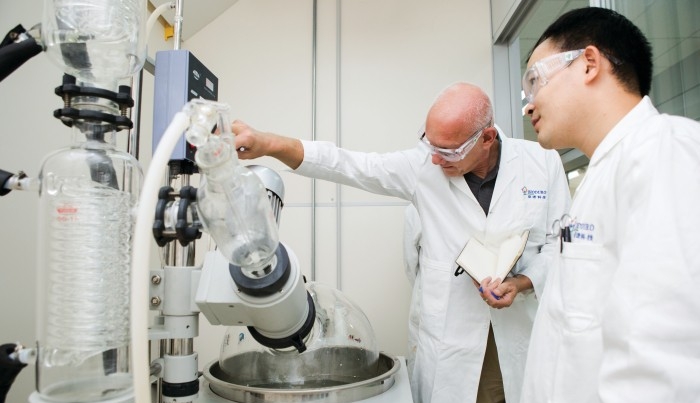Latest Report from R&M on “Growth Insights on China’s Pharmaceutical Industry, Forecast to 2025”

On February 10, 2020, Research and Markets, a world-renowned marketing research data provider based in Dublin, made available a new analytical report titled “Growth Insights on China’s Pharmaceutical Industry, Forecast to 2025”.
The paper offers a comprehensive overview of the prevailing industry trends observed across the pharmaceutical market of China, while also analyzing how recent regulatory changes introduced by the government are influencing particular market sectors and changing the landscape of this industry in general.
Besides, the study carefully examines the country’s various pharma industry sectors, such as OTC meds, TCM, small molecules, and biotechnological products, and evaluates how these participants can contribute to the future growth of the entire Chinese pharmaceutical market.
Represented by over 4000 pharmaceutical companies, China appears to be the world’s second-biggest pharma market surpassed only by the United States. Despite being very much disintegrated, international pharma giants and biopharmaceutical manufacturers like AstraZeneca, Novartis, and Novo Nordisk still manage to own at least 8-10% of the global pharma market.
The proper functioning of the market heavily relies on the smooth work of its distribution networks, which are in many ways controlled by such key pharma players as Shanghai Pharmaceuticals and Sinopharm.
How biologicals help reshape the country’s image
To keep pace with the latest industry trends and stay globally competitive, China, which was long known as a copycat drugs maker, is now trying to reimage itself as a trustworthy producer of complex and innovative medications, by promoting the production of biologicals. Currently, the country’s small molecules pipeline features over 700 different product names.
The success of such rebranding efforts depends mostly on the implementation of cutting-edge manufacturing technologies and advanced methods, including process manufacturing and SUS – all geared towards supporting the evolving trends of smaller-volume/higher-value manufacturing, single-use components, and individualized medicine.
Governmental efforts aimed at supporting TCM
While focused on encouraging and supporting the emerging patent drug industry in the country, China is also highly interested in strengthening its traditional Chinese medicine market that goes back more than 2000 years. In 2016, the government published a document – “Outline of the Strategic Plan on the Development of Traditional Chinese Medicine,” – where it recognized the development of TCM as a key priority of the national strategy.
The Chinese government plans to come up with a set of new requirements for up to 200 CTCMG (concentrated traditional Chinese medicine granules) products that can help boost the market growth rate. Japan, among other countries of the Asia-Pacific Region, has recently adopted clear guidelines for the use and handling of TCM products, which is expected to facilitate the development of this market sector further.
Key Aspects Discussed
- Which current trends promote the growth of the Chinese pharma industry?
- What are the key market sectors that contribute most to the pharma market growth? How will their influence change over time?
- Who are the chief industry players? What is their input into the development of the Chinese pharmaceutical market?
- What favorable opportunities for growth does the market offer today? How can they benefit market growth?
- What essential changes to the regulatory and pricing policies have impacted the pharmaceutical market of China? What is the possible long-term effect of these changes?
